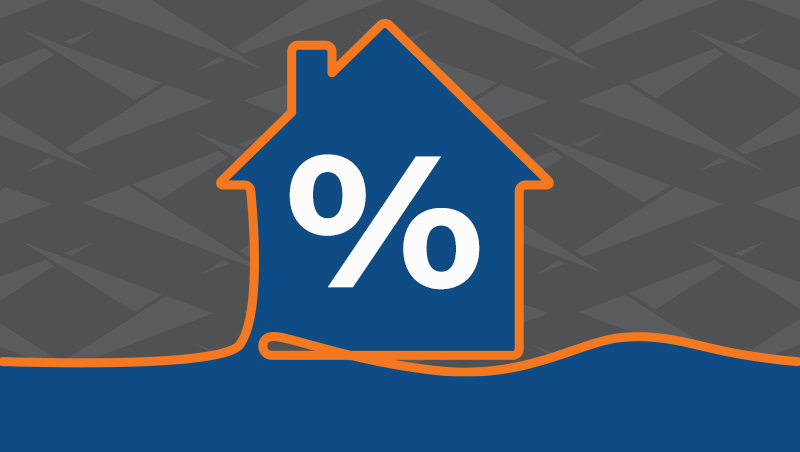
Why Mortgage Rates Won’t Go Down: Understanding the Impact of the Prime Rate and the Federal Reserve
Mortgage rates are a crucial factor in the housing market and a significant consideration for homebuyers. The reason rates fluctuate can be found within the current economy, decisions by the Federal Reserve and the prime rate. Here’s a closer look at why mortgage rates change and the relationship between these economic factors.
Why Mortgage Rates Won’t Go Down
Mortgage rates are unlikely to decrease significantly in the near future due to inflation and the Federal Reserve’s policy to combat it. Inflation drives up borrowing costs, and to fight this, the Fed maintains higher interest rates, which directly impacts mortgage rates. As long as inflation remains above the Fed’s 2% target, rates are expected to remain on the higher side.
Another factor contributing to steady or rising mortgage rates is the steady housing demand and limited inventory. This keeps home prices high, and lenders account for risks and uncertainty when setting rates.
The Role of the Federal Reserve
The Federal Reserve, commonly referred to as “the Fed”, plays a central role in determining why mortgage rates change. While the Fed does not directly set mortgage rates, it adjusts the federal funds rate, which is the interest rate at which financial institutions lend to each other overnight. This rate serves as a benchmark for many types of interest rates in the economy, including mortgages.
When the Fed raises the federal funds rate, borrowing becomes more expensive across the board. This typically leads to higher mortgage rates. When the Fed lowers this rate, borrowing costs decrease, and mortgage rates often follow suit. For example, during the COVID-19 pandemic, the Fed made the federal funds rate nearly zero to stimulate economic activity.
As a result, mortgage rates fell to historic lows, making homeownership more affordable for millions. On the other hand, in 2022 and 2023, the Fed increased rates multiple times to fight inflation. These pushed rates upward, leading to higher monthly payments for new homebuyers.
The Prime Rate Connection
The prime rate is another key factor in why mortgage rates change. The prime rate typically moves with the federal funds rate. When the Fed raises or lowers its rate, financial institutions adjust the prime rate accordingly.
For adjustable-rate mortgages and home equity lines of credit (HELOCs), the prime rate is often used as a reference. If a borrower has a HELOC with an interest rate of “prime + 1%,” and the prime rate increases from 5% to 6%, the interest rate on the HELOC will rise from 6% to 7%.
Economic Influences
Other factors also contribute to rate changes. Economic indicators such as inflation, employment rates, and gross domestic product growth influence investor sentiment and the bond market, which directly affects fixed mortgage rates.
For instance, when inflation is higher, it lessens the purchasing power of money, leading to higher interest rates as lenders need greater returns to compensate for reduced value.
Global events, such as political tensions or financial crises, can cause rates to fluctuate. During times of uncertainty, investors often seek the safety of U.S. Treasury bonds, driving yields (and mortgage rates) lower.
Understanding the dynamics behind rates and why mortgage rates change can help borrowers make informed decisions. By keeping an eye on the Federal Reserve’s actions, the prime rate, and broader economic conditions, prospective homeowners can better anticipate rate changes and time their mortgage applications strategically.
While rates are influenced by forces beyond an individual’s control, staying informed is a powerful tool in navigating the ever-changing mortgage landscape. If you have any questions about homeownership or you’re looking to take the first step, contact Diamond’s mortgage experts.

